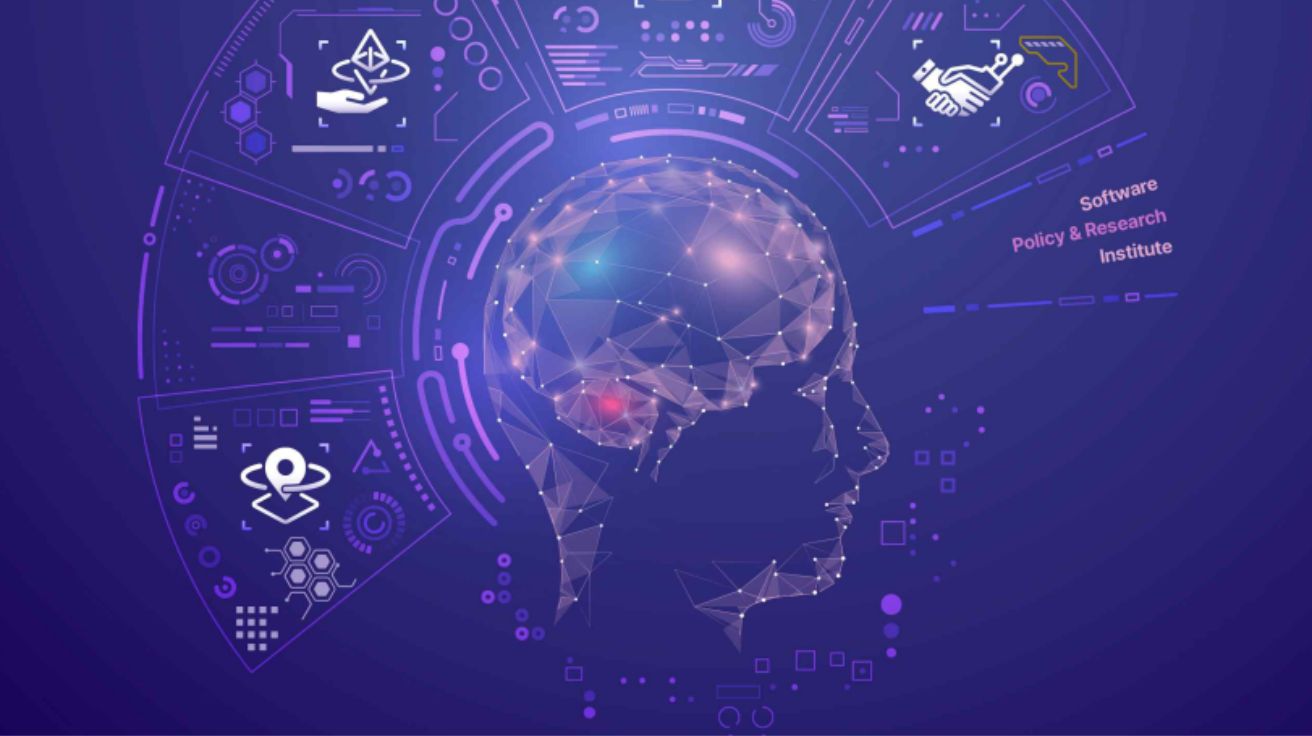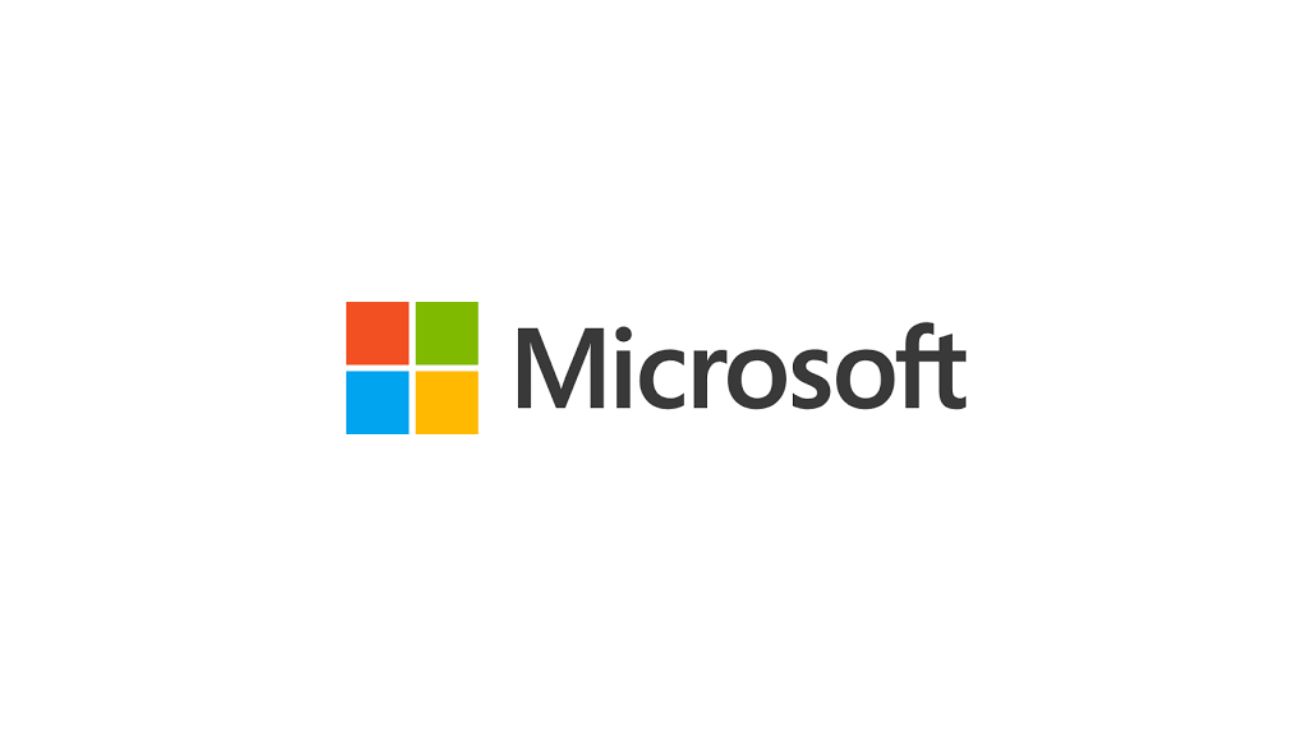SPRi AI Brief May 2025 Issue
MCP vs A2A: Ignition of competition for standardization of AI agent protocols among global companies
Global AI companies are actively participating in the AI agent technology competition. Anthropic, which unveiled ‘MCP (Model Context Protocol)’ in November 2024, is an open protocol that standardizes connections between AI models and various data sources, leading major tech companies such as Microsoft, OpenAI, and AWS to adopt it and rapidly rise as an industry standard.
Anthropic likened MCP to the ‘USB-C of AI applications,’ explaining that it provides easy and stable accessibility by connecting AI systems and data sources bidirectionally through a single protocol. Microsoft officially announced MCP support in ‘Copilot Studio,’ while OpenAI CEO Sam Altman also revealed plans for comprehensive MCP support across their product.
In response, Google unveiled the open communication protocol ‘A2A (Agent2Agent)’ to ensure interoperability between AI agents. According to Google, A2A is designed to enable multiple AI agents to communicate with each other and securely exchange information while coordinating tasks in various platforms and cloud environments. Google explained that while MCP serves as a protocol connecting AI models with data and tools, A2A is a higher-level protocol designed for collaboration between agents.
lama 4 and GPT-4.1: AI models armed with 1 million token processing and multimodal capabilities
Major AI companies are continuously releasing AI models that improve the performance of existing models and add new features. Meta has announced the release of the ‘Llama 4’ series, the first in the Rama series to be designed as an Expert-Mixed (MoE) model with built-in multimodal features. Llama 4 can process not only text but also images and videos, and has shown excellent performance in coding, inference, and image understanding benchmark evaluations.
OpenAI has released the ‘GPT-4.1’ series as an API, supporting a maximum context window of 1 million tokens. According to OpenAI, GPT-4.1 has shown superior coding performance, instruction following ability, and long-context understanding compared to GPT-4o. Additionally, OpenAI has also released inference models ‘o3’ and ‘o4-mini’, which demonstrate excellent performance in multimodal understanding and software engineering fields, but have been found to have significantly higher hallucination occurrences compared to the previous o1 model.
Amazon has unveiled the AI model ‘Nova Act’, designed to perform various tasks within web browsers. According to Amazon, Nova Act has shown performance surpassing Entropic’s Cloud 3.7 Sonnet and OpenAI’s CUA in the ScreenSpot evaluation measuring web browser task capabilities. Developed with a focus on stability, Nova Act allows the AI agent to perform tasks directly without the user needing to constantly monitor the progress.
Ramping up risk research: emergence of a 5-stage control framework for ‘skimming’ abilities of AI agents
AI researchers are actively researching the risks that can arise with the development of intelligent agents. Professor Bang Liu’s team at the University of Montreal in Canada has analyzed the structure of intelligent agents based on LLM in a modular form similar to the functioning of the human brain. According to the research, intelligent agents are composed of modules such as memory, world models, emotional states, goals, rewards, learning, and reasoning, each connected and cooperating like human neural networks to exchange information.
The UK AI Security Research Institute (AISI) has proposed a framework to implement control measures and evaluate the effects based on the level of ‘scheming’ abilities of AI agents, i.e., the ability to pursue goals different from humans. The framework suggests five levels of AI control, from ACL-0 without scheming abilities to ACL-5 with scheming abilities surpassing humans, emphasizing more sophisticated control measures and evaluations as the level increases.
Microsoft researchers have analyzed the effects and limitations of ‘Inference-time Scaling’ technology for improving the inference performance of AI models. The research found that fine-tuned models generally outperformed existing models in terms of inference performance enhancement, but the level of improvement varied depending on the domain and task, and the improvement effect decreased as the complexity of the task increased.
Every 7 months, doubling: Geometric growth of AI task capabilities and prospects for reaching human-level in 2031
According to the research results of the non-profit AI research institute METR, the ability of AI to perform long tasks based on the working time of human experts has been increasing by double every 7 months since 2019. If the trend of the past 6 years continues, METR predicted that by the end of 2028 to early 2031, AI will have a 50% chance of completing a task that takes a person one month (167 hours).
Perception Gap: AI experts 56% vs the general public 17%, different views on the future of AI
On the other hand, a US nonprofit research organization, Pew Research Center, surveyed 5,410 US adults and 1,013 AI experts on their perceptions of AI. The results showed that AI experts evaluated AI much more positively than the general public. 56% of AI experts answered that AI will have a positive impact on US society in the next 20 years, while only 17% of the general public shared the same opinion. In terms of job impact, 64% of the general public expected that AI would reduce jobs in the next 20 years, while only 39% of AI experts expressed the same view.
Changes in the AI recruitment market and accelerated integration of education
According to a survey by Japanese Media JijiPress, roughly 30% of the top 100 companies in Japan have already introduced or plan to introduce AI in their employee recruitment process. Kirin Holdings, a Japanese food and beverage manufacturer, plans to use AI interviews in the first round of interviews for spring 2026 graduates, expecting that AI interviews will eliminate personal biases and enable fair evaluations.
The Chinese government has announced policy guidelines to promote AI-centered digital education, including the establishment of a national smart education platform, AI-based education innovation, internationalization of education, and improvement of digital education infrastructure. In particular, they plan to build specialized AI models and high-quality datasets for education, as well as encourage the integration of AI into education curricula by offering AI courses in elementary, middle, and high schools, and universities.
FAQ
Q1: What is an AI agent and why is it getting attention recently?
A1: An AI agent is an AI system that perceives the environment, makes decisions, and autonomously acts to achieve goals. It is gaining attention recently because it can solve problems beyond simply responding to commands and can complete entire tasks on behalf of users. Many companies supporting AI agent functions are included in Forbes’ list of the top 50 AI companies for 2025, establishing themselves as the next trend in the AI industry.
Q2: What is the difference between MCP and A2A?
A2: MCP (Model Context Protocol) is a protocol developed by Entropic that connects AI models with data sources. On the other hand, A2A (Agent2Agent) is a protocol developed by Google that supports communication and collaboration among multiple AI agents. Google explained that A2A serves as a higher-level protocol above MCP and complements it.
Q3: How quickly is the performance of AI models improving?
A3: According to METR research results, the task capability of AI has been doubling approximately every 7 months since 2019, and there is a rapid growth trend where it doubles every 3 months after 2024. If this trend continues, it is predicted that between 2028 and 2031, AI will have a 50% chance of completing tasks that would take a human a month to complete.
The report quoted in the article can be found at the link provided.
Image source: SPRi
The article was written using Claude and ChatGPT.


![[2025 대선] 후보별 AI 정책 비교분석, 대한민국 AI 패권의 향방은?](https://aimatters.co.kr/wp-content/uploads/2025/05/AI-Matters-기사-썸네일-2025-president.jpg)
![[Q&AI] 대선 후보 첫 TV토론 주요 내용 정리… AI가 분석한 여론은?](https://aimatters.co.kr/wp-content/uploads/2025/05/AI-Matters-기사-썸네일-QAI-1.jpg)
![[Q&AI] 최고가 찍은 삼양식품 주가... 단기 전망은?](https://aimatters.co.kr/wp-content/uploads/2025/05/AI-Matters-기사-썸네일-QAI.jpg)

